|
Small, steaming stalls surround a central area of Formica tables and plastic chairs, quickly filling up as evening approaches with groups of friends and families. Buckets of ice with bottles of beer are ordered and brought to the tables from the drinks stalls by waitresses, then dishes are selected and paid for from your vendor of choice and your table number given. Simple, no-fuss, fast, delicious, sociable and great value… welcome to hawker food eating in Malaysia. Hawker centres in Malaysia are essentially permanent collections of street-food stalls, normally in an open-air complex, with communal tables. A wonderful diversity of nationalities, culture and religions in Malaysia has resulted in a fusion cuisine which boasts some of the world’s best street food. Extensive menus seem to defy the limited space and basic set-up of each makeshift food outlet, staff whirl round in a cramped space; barbequing meat, draining steaming noodles, tossing unidentified morsels in sizzling woks and stirring huge vats of bubbling soup. Bowls of raw ingredients are lined up and meticulously displayed on the stall fronts; cubed tofu, black mushrooms, sliced raw vegetables, squid rings, dumplings, prawns, shellfish, gelatinous noodles and chopped crab sticks. Our big, empty table at the CF night food court in George Town, Penang Island, was soon filled with a laughing group of local friends, who quickly included us in their beer-top-ups as bottles of cold Tiger flowed continuously. Chatting to them, they said they came to the food court every week, preferring the laid-back atmosphere and bustle to more formal restaurants. The beers washed down plates of Char Kuey Teow; greasy, thin stir-fried noodles topped with egg, prawns, spring onions and beansprouts and wrestled with chopsticks. Three young cabaret singers belted out pop covers from a round, glittery central stage, pausing every time the electricity cut out then starting each tinny, rhythmical ballad from the start once the power surged back. On another evening in George Town at the Red Garden night food court we tried Penang’s signature dish of Assam Laksa, a pleasantly pungent, fish-based soup with sour Tamarind and noodles, chilli, cucumber, lemongrass and prawn paste. In Kuala Lumpur’s Chinatown, we sampled Nasi Kandar, an Indian-influenced rice dish topped with different meat, seafood, vegetables, with a speciality being fish head curry. An array of oily, spectacularly spicy, chilli-infused dishes are laid out to choose from, then added to light, fragrant rice. For breakfast, find a small space on a street bench for Roti Canai, delicious fresh, puffed flatbread served with a dish of spicy lentil Dhal and a mug of sweet, milky chai. In the Bukit Bintang area of Kuala Lumpur the street of Jalan Alor heaves on both sides with bustling restaurants, stalls and pop-up eateries. Crowds of locals and tourists perch on plastic stools around pavement tables. Sticky jack fruit is sliced into finger-licking pieces, tiny stalls crammed with piles of Kuih Kosui banana-leaf wrapped sweet coconut dough parcels and no-nonsense menus of dim sum and fried fishcakes line the walkways. From our shared table at Wong Ah Wah eatery we people-watched and picked at Batu Maung Satay, a selection of different grilled meats on thin bamboo sticks dripping with a rich, thick peanut sauce. Not just a means of satisfying your hunger, Hawker centres are an entire experience of food and friends as you rub shoulders with fellow diners and enjoy a whole menu of weird and wonderful new snacks and dishes.
0 Comments
The capital city of the Malaysian state of Penang, George Town, is a hectic mix of distinct historic cultures, urban cool and some of the best food we’ve had during our entire trip. The city’s history is rich; established in 1786 by the British East India Company, George Town was one of the first British colonies in South-East Asia. During it’s British heyday the port town served as a trading post, with various ethnicities and religions arriving on its shores and passing through. During World War II the town was conquered by the Japanese empire, at the end of the war the Japanese surrendered and the British took control again. It’s this diverse mix of influences, the coalescence of local, British, Chinese, Indian and Islamic elements that has shaped George Town’s large variety of eclectic architectural styles. It’s this mish-mash of Buddhist temples, mosques, churches and all manner of buildings in between that led to it being awarded UNESCO World Heritage Site status. Nowadays George Town is considered a city; wandering around the narrow streets of the old town it is easy to forget that fact. ‘Little India’ and ‘China Town’ are authentic as it gets, the sights, sounds and smells of Little India transported us straight back. Like India, the British influence is apparent and the cities charm lies in its backdrop of colonial architecture. The architecture is easily on a par with the likes of Mumbai, although it lacks some of the grandeur. Alongside the traditional architecture are stunning Art Deco buildings from the 30’s and 40’s and modernist buildings from the 60’s, 70’s and 80’s. Then comes the post-modernist architecture from the 90’s and 2000’s; these later additions add something for any architecture enthusiast and augment a surprising amount of charisma. The city is cultured. Cool coffee shops, art galleries, public sculptures and design houses are nestled amongst the quaint streets, they’ve even got a container hotel! The cities burgeoning street art scene is also drawing a lot of attention from tourists. Reputed as the gastronomic capital of Malaysia thanks to the ubiquitous street food, George Town is heaven for foodies - but we’ll save that for another blog.
George Town really is quite unique; it’s colourful history and compactness means you can soak up the multicultural essence of the area with ease. One of our favourite stops in South East Asia. With all the planning, spreadsheets and lists in the world it is impossible to always climatically be in the right place at the right time. We found ourselves in Thailand, Cambodia and Laos for the onset of the monsoon; a time of heat, humidity and torrential downpours. However, we overlanders are/should be predisposed to enduring the elements and despite the climatic and logistical challenges presented by monsoon travel we found enormous benefits to touring during this season. Temperatures were a sweltering +40°C in the lead up to the start of the monsoon but once the rains actually arrived, showers reduced the temperature often by 10°C. Humidity was high but the accompanying monsoon breeze made the stickiness bearable and by 8pm the temperature had fallen to below 30°C, which was the crucial difference between a good and a sweaty, restless night’s sleep in the roof tent. Rain itself presents obvious challenges when you are overlanding in a 4x4 and live outdoors. We learned to read the skies and approaching cloud formations when deciding if we had the necessary 45 minutes dry period necessary to rustle up and eat a stir fry for dinner. Our awning has attachable sides which are perfect if the rain is not accompanied by strong winds, in which situation the awning is more hassle than it is worth with sides flapping towards the stove and water being blasted by gale-force winds through the many gaps. On this occasion we take comfort that our fridge still delivered our beers at a refreshing 3°C and that SE Asian countries sell an amazing array of beer snacks- dried squid and pea crisps for tea-time in a steamed-up, front of the car, substituted dinner on more than one occasion. An unavoidable downside to monsoon conditions is the surge in blood-sucking critters, particularly mosquitoes (everywhere) and leeches in the jungle. It’s never a pleasure to have to smear thick, pungent insect repellent on when your skin is already sticky with sweat and covered in sand and salt but it does work. Camping away from swamps and long grass reduced the numbers dramatically. The last thing you want to do when the day eventually cools off slightly is to put clothing layers on, but this is when the worst aerial assault begins. Generally long sleeves and trousers kept the biters at bay. A small price to pay when watching the evening illuminated dance displays of emerging fireflies, which also increase in numbers during this season and gracefully light up the night sky. Persistent precipitation leaves clothing, blankets and towels damp for days but the sun does eventually come out and then everything is dry within an hour. Rainfall is typically short and sweet and only lasts for a few hours of each day. There is something beautifully wild and romantic about sitting on a deserted beach with waves crashing on the shore and dark storm clouds swirling in the sky. We witnessed some incredible lightning storms from the (relative) safety of our roof tent and the gentle pitter-patter of early morning raindrops can be as soothing as a lullaby when there is no work to get out of bed for. We adventured through Cambodia and South Thailand in June, described by travel guides as the ‘low season when visitors melt’. The plus side of visiting at this time is that most tourists are far more sensible than us and follow this advice, leading to an empty Ta Prohm temple at Angkor Wat early in the morning. The surrounding beaches of Krabi and Phuket region, with sands crawling with tourists in the high season of November to February, were abandoned. We could wild camp undisturbed and wander endless stretches of empty sand gazing at an uninterrupted horizon of waves and karst limestone rock islands. National Parks were deserted so we could enjoy wildlife trails all to ourselves, with numerous sightings of normally crowd-shy animals and birds. Camp sites were uninhabited and in many we were the only occupants, with the exception of sharing the site with wild deer and the shower block with the odd water monitor lizard. Paradise. Most chalet and beach-hut resorts are closed but now and again they let us camp there for free and use the facilities. On one occasion we were invited to join the builders for sundowner beers and fresh crab and shrimps after a day of cabana restoration preparing for the next season. If it’s peace and not parties you’re after, off-peak travel in Thailand is bliss.
|
Archives
July 2020
Categories
All
|
Proudly powered by Weebly

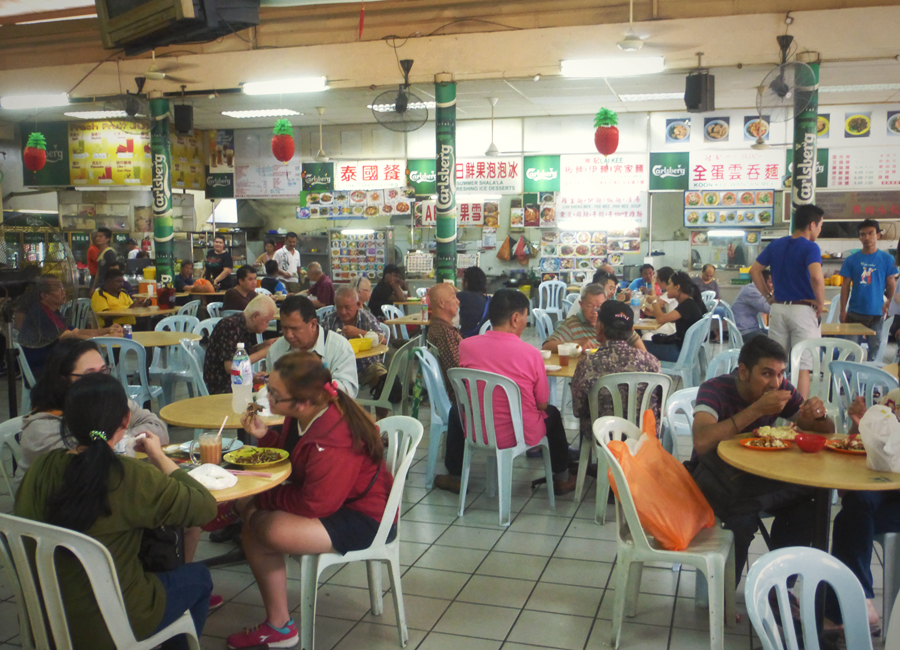
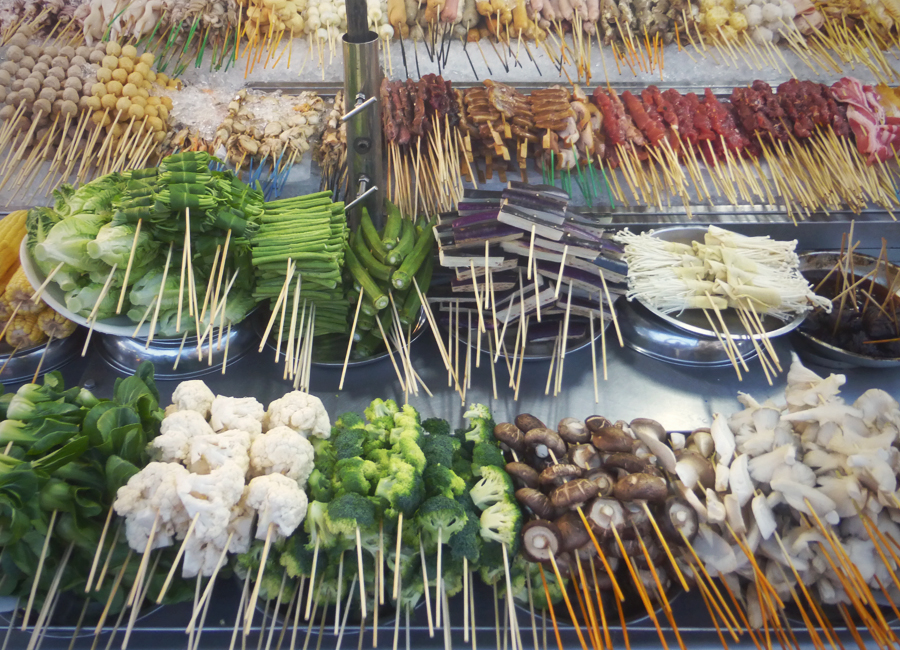
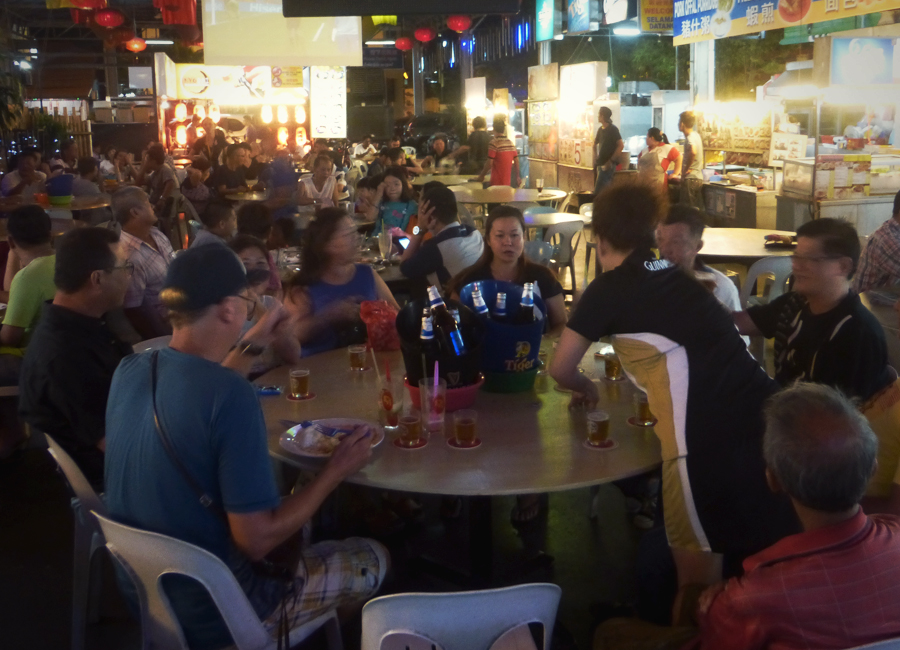
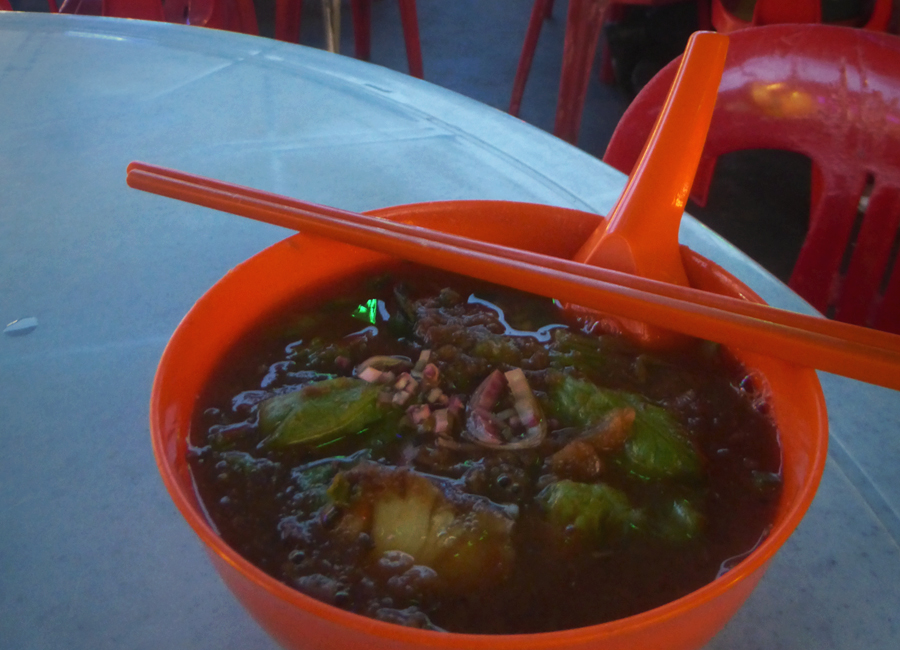
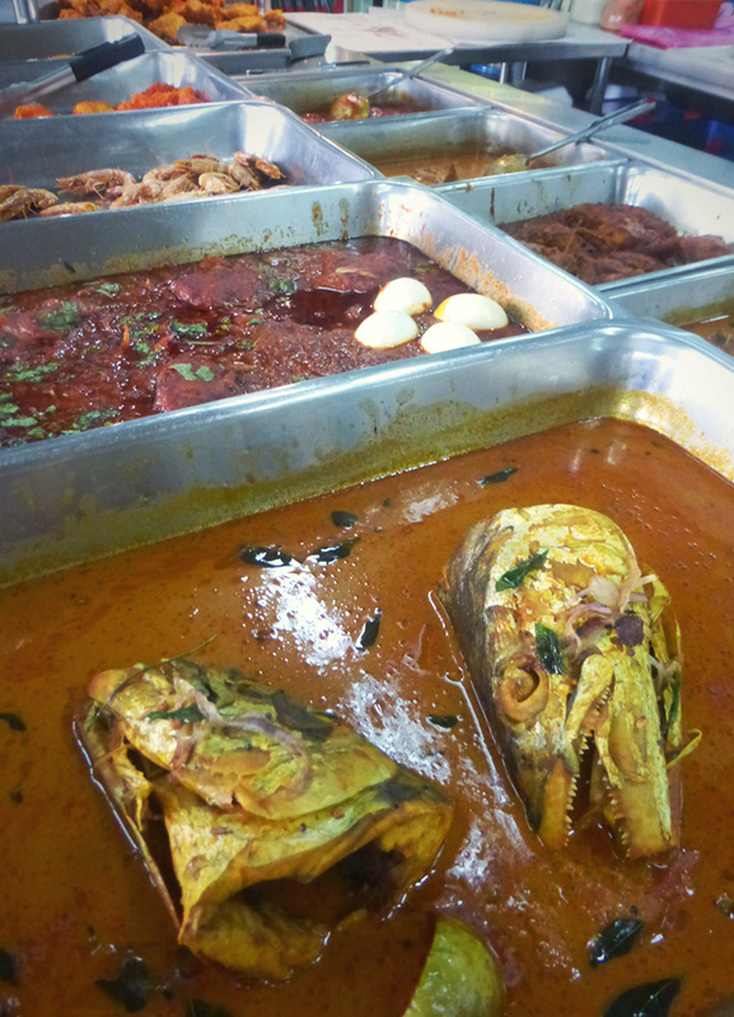
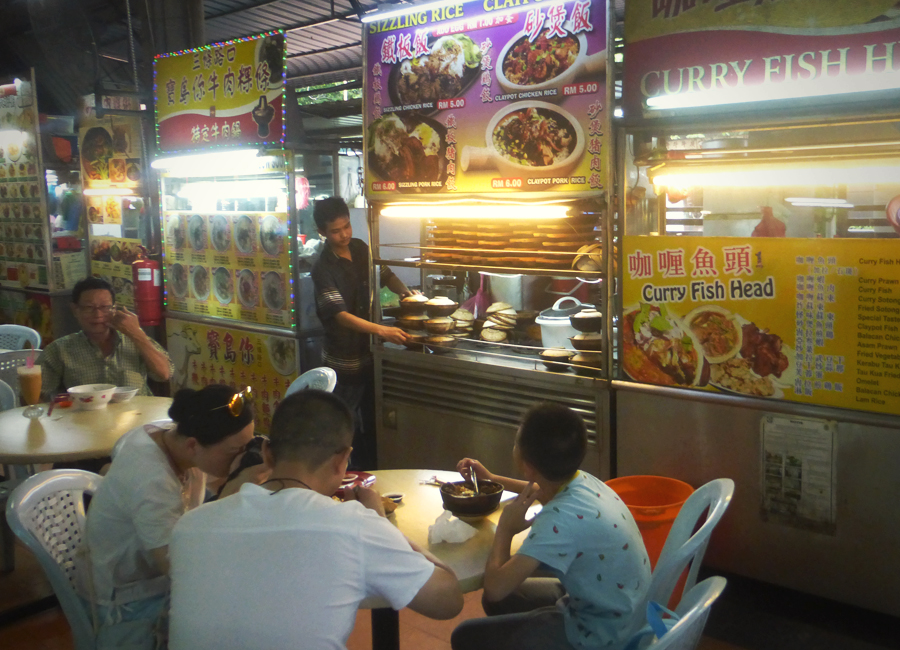
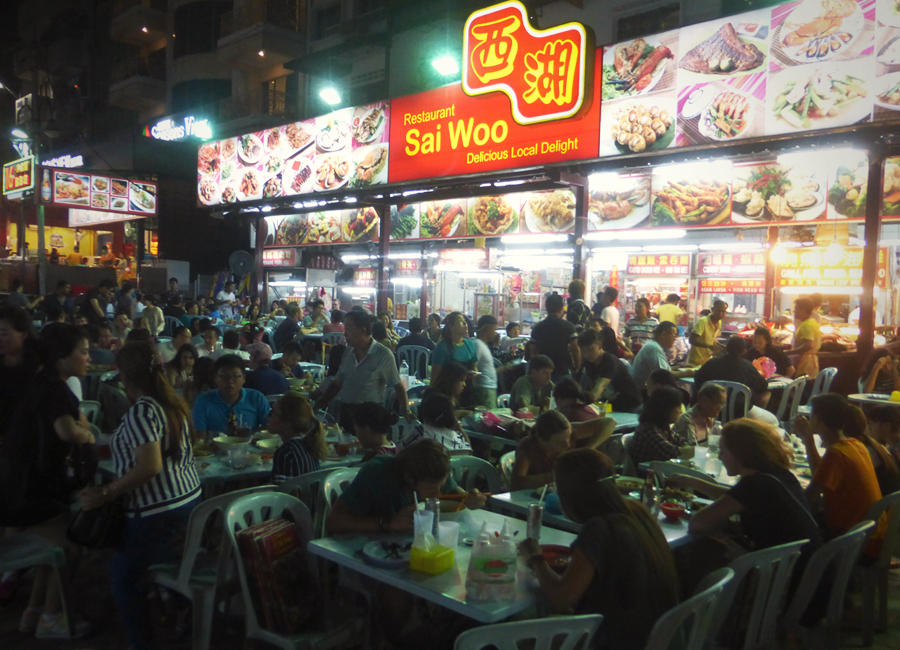
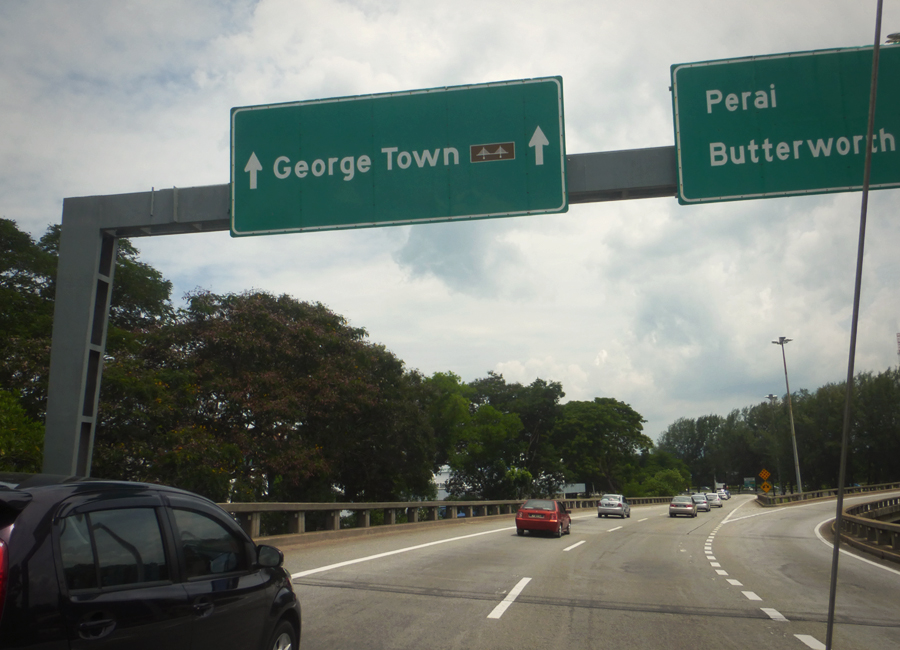
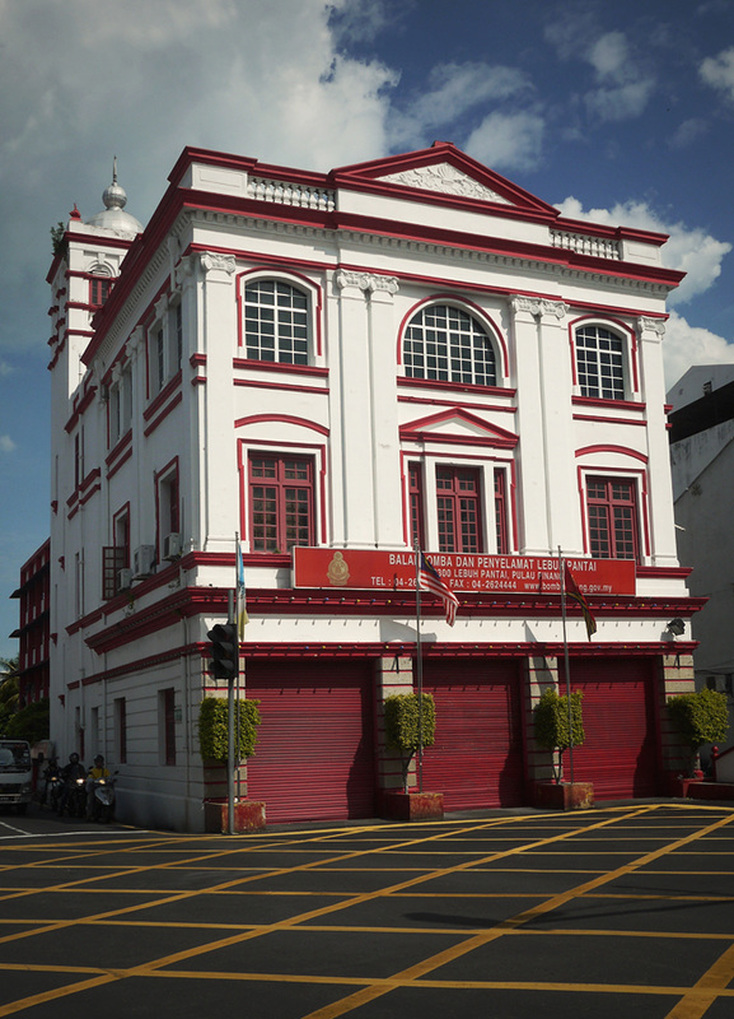
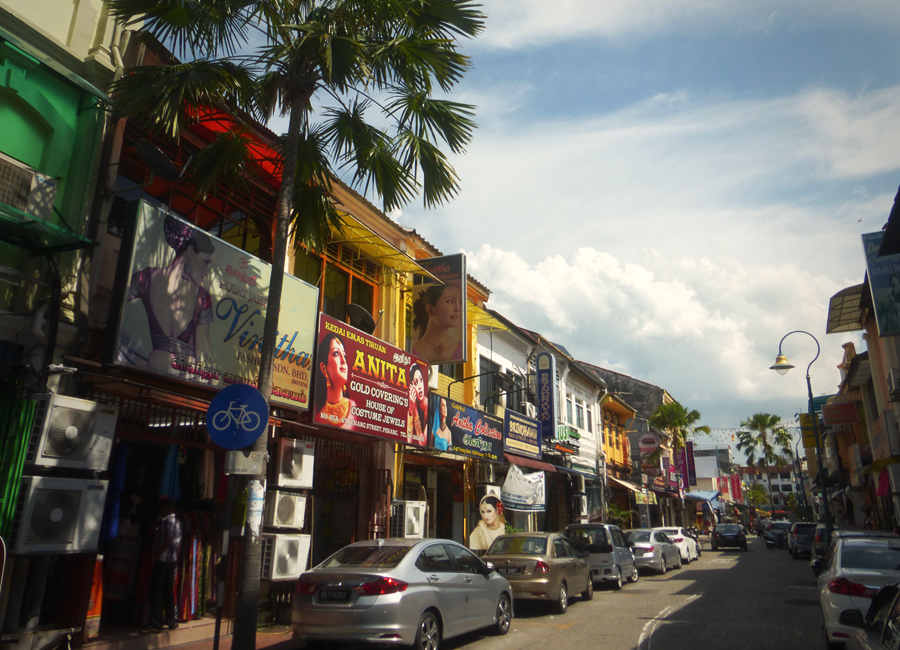
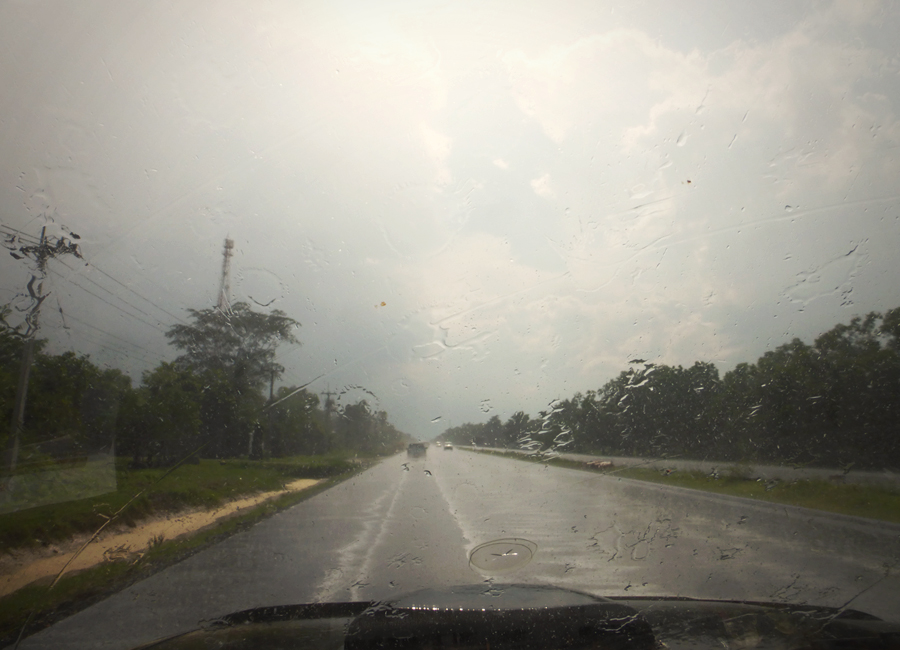
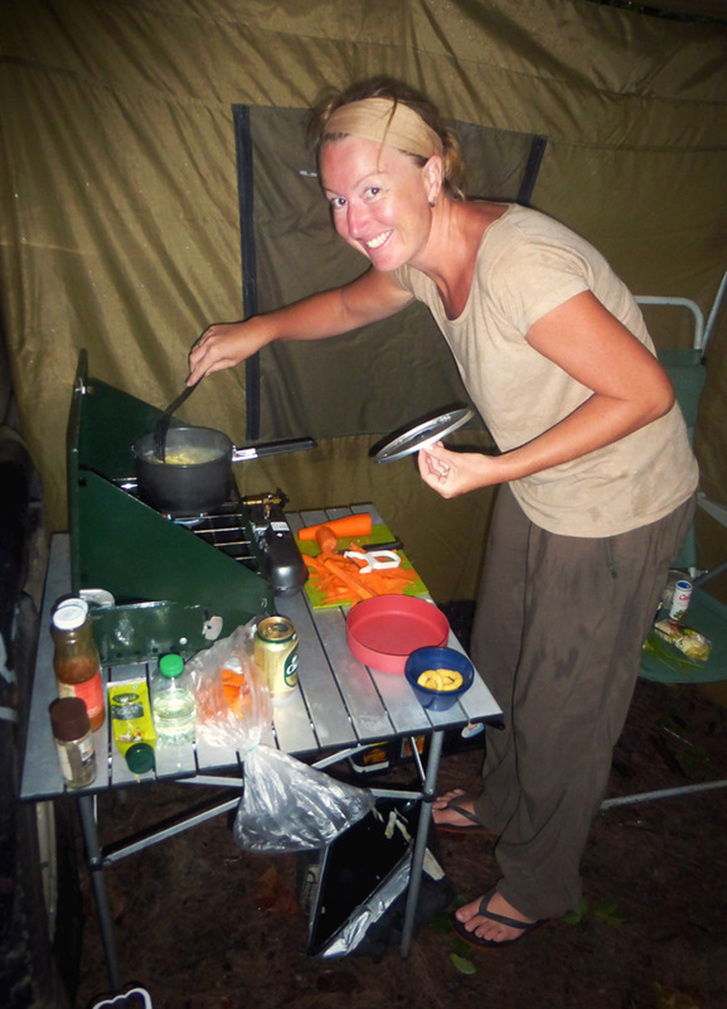
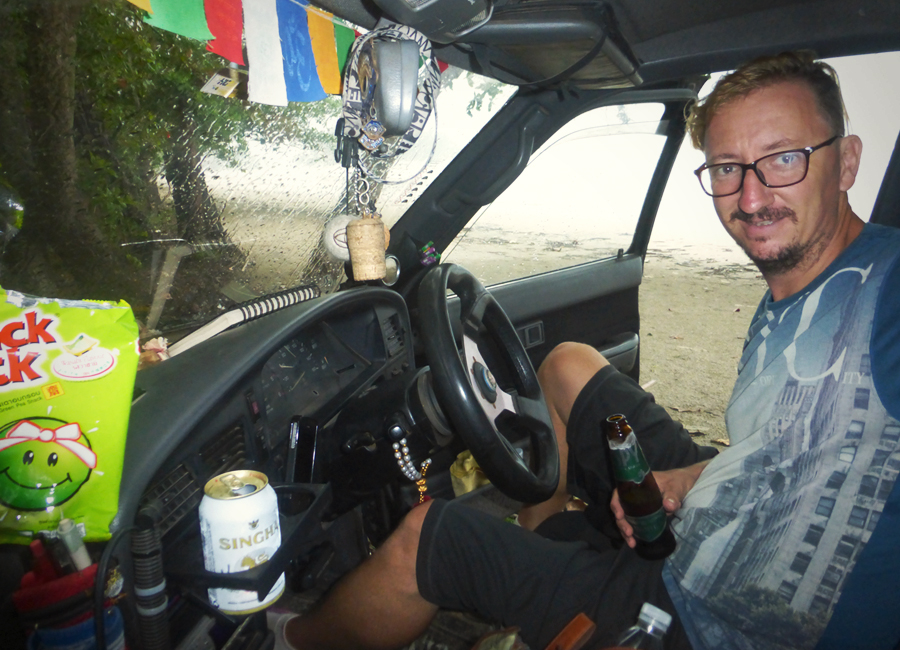
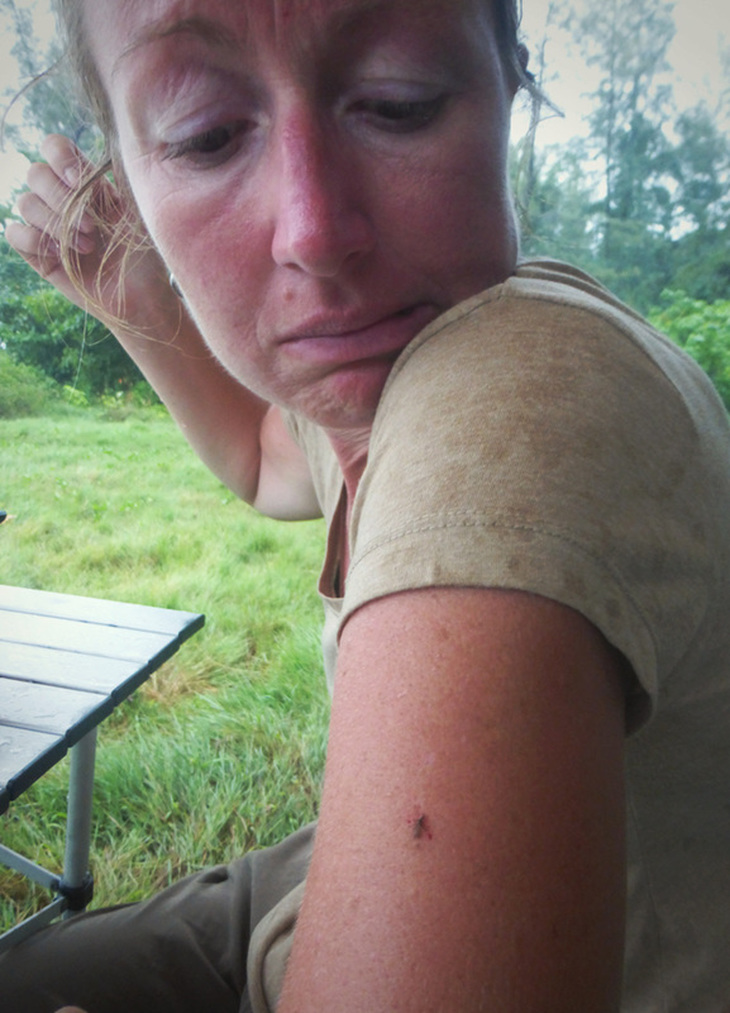
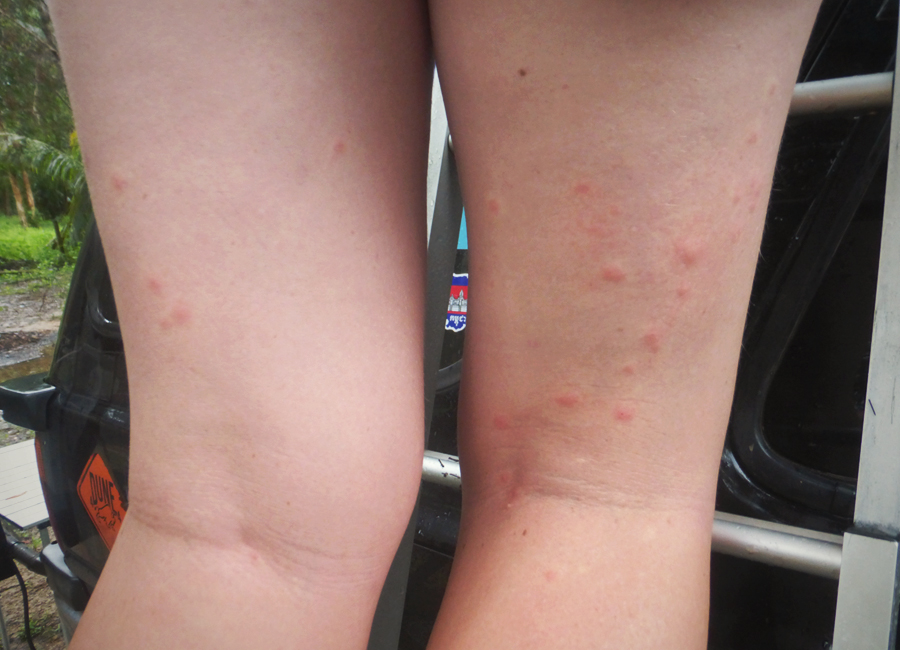
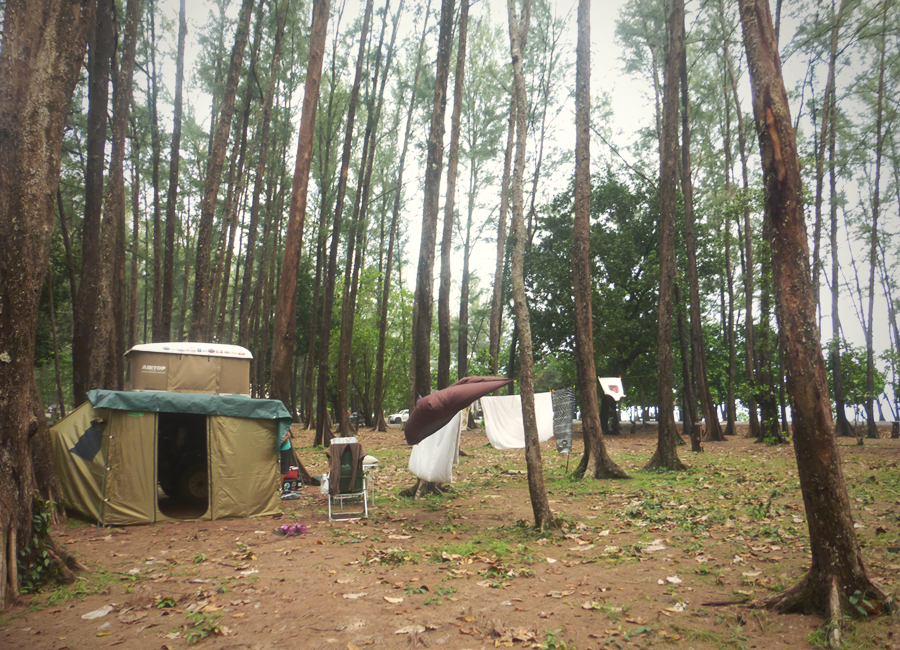
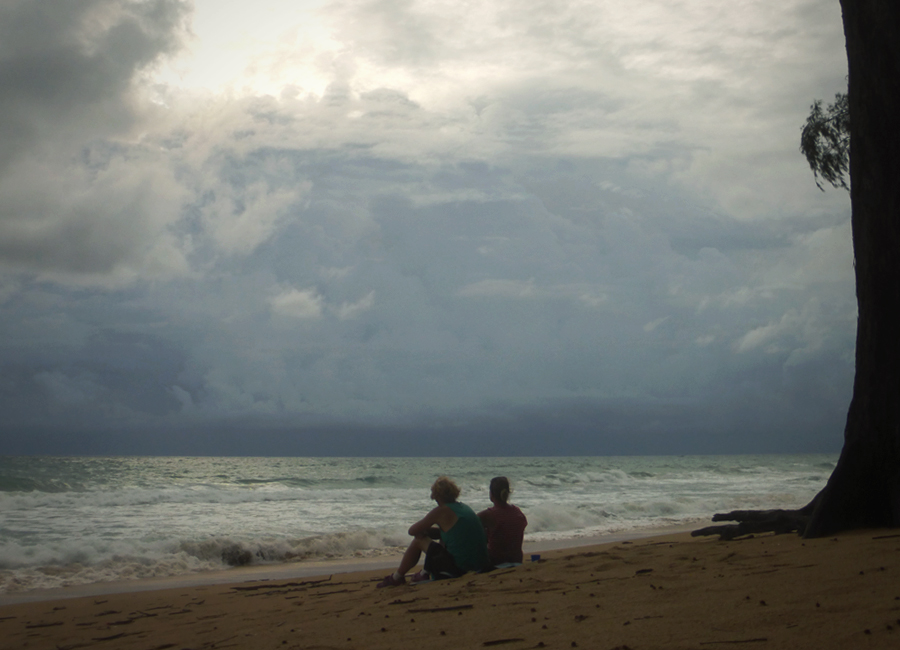
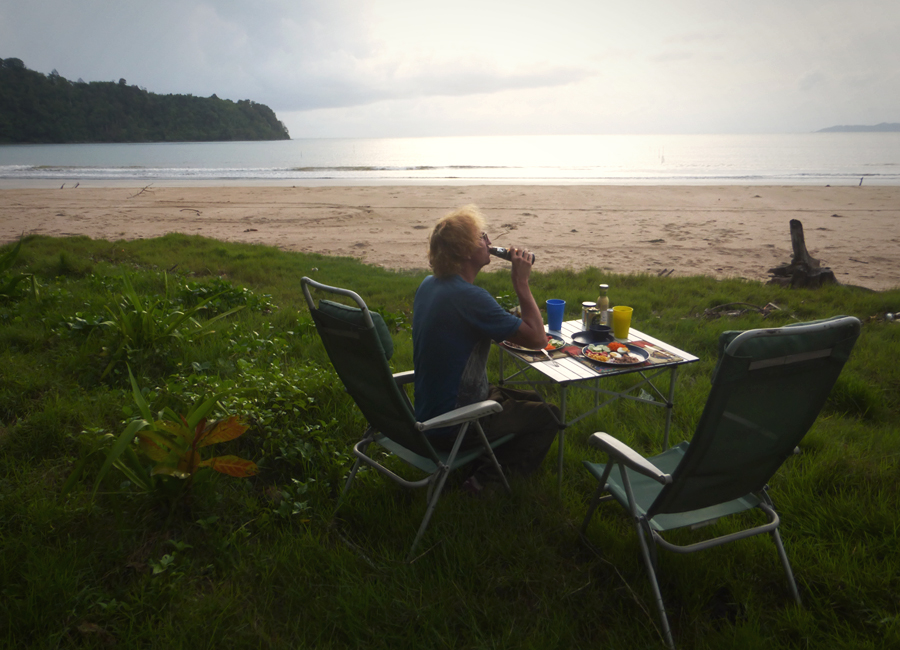
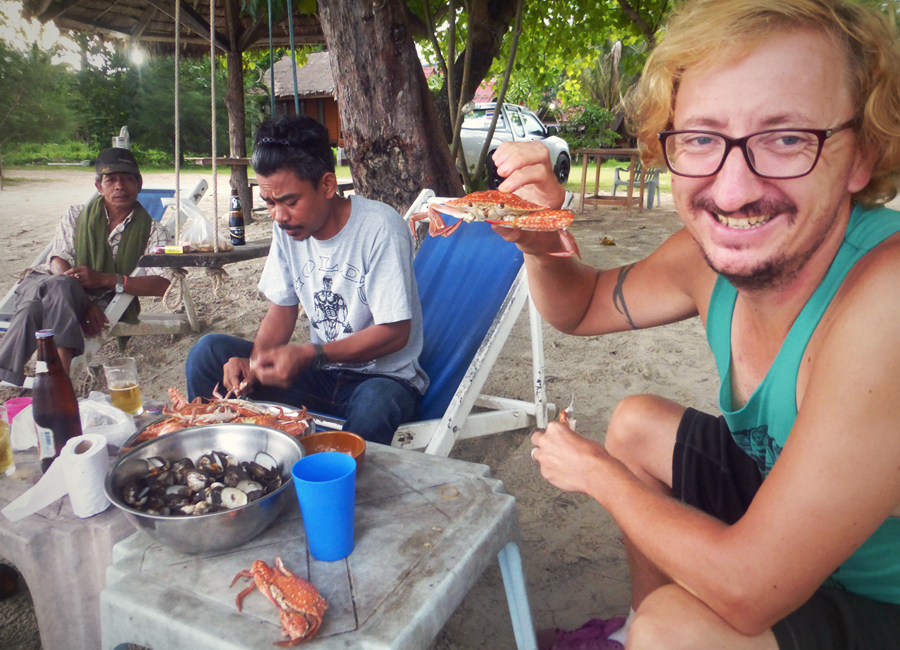
 RSS Feed
RSS Feed